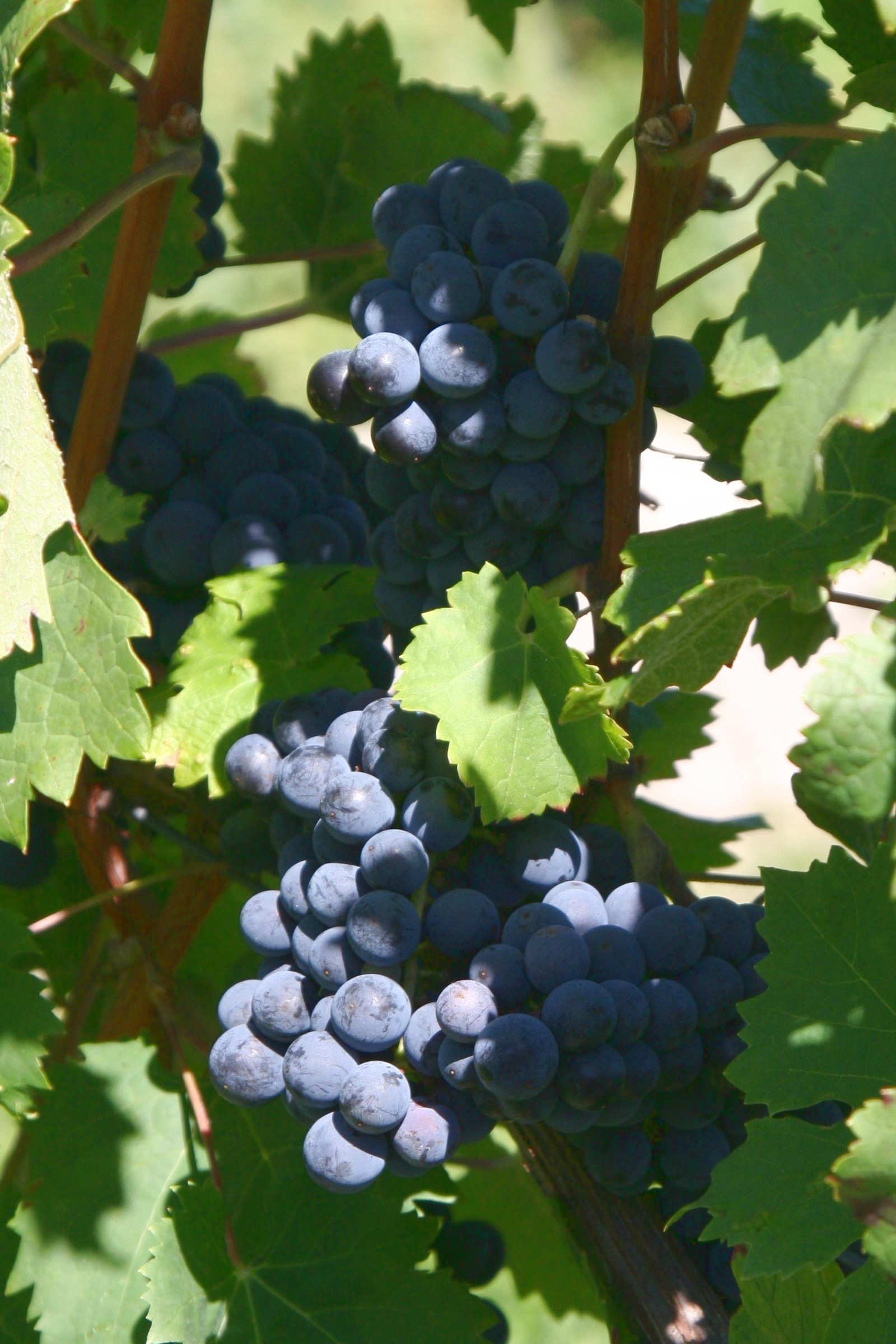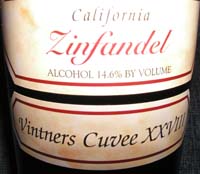|
Goriška Brda
The Gorizia Hills ( or ''Collio''; or ''Brda''; ) is a hilly microregion in western Slovenia and northeastern Italy. It lies on the right bank of the Soča (''Isonzo'') River, north of the Italian town of Gorizia, after which it is named. The region covers around and has about 7,000 inhabitants, mostly ethnic Slovenes, with a small number of Friulian speakers in its westernmost part (in the municipality of Dolegna del Collio). Today, the majority of the region is in Slovenia, with around 60% of the territory and 80% of the inhabitants. The Slovene part of the Gorizia Hills lies entirely in the Municipality of Brda. The Italian part lies within the boundaries of the province of Gorizia, and it is divided among the municipalities of San Floriano del Collio, Cormons, and Dolegna del Collio. The region is predominately a white wine producer with Friulano, Ribolla Gialla, Malvasia Istriana, Chardonnay, Pinot bianco, Pinot grigio, and Sauvignon blanc being the leading ... [...More Info...] [...Related Items...] OR: [Wikipedia] [Google] [Baidu] |
Chardonnay
Chardonnay (, ; ) is a green-skinned grape variety used in the production of white wine. The variety originated in the Burgundy wine region of eastern France, but is now grown wherever wine is produced, from England to New Zealand. For new and developing wine regions, growing Chardonnay is seen as a 'rite of passage' and an easy entry into the international wine market. The Chardonnay grape itself is neutral, with many of the flavors commonly associated with the wine being derived from such influences as ''terroir'' and oak.Robinson, 2006, pp. 154–56. It is vinified in many different styles, from the lean, crisply mineral wines of Chablis, France, to New World wines with oak and tropical fruit flavors. In cool climates (such as Chablis and the Carneros AVA of California), Chardonnay wine tends to be medium to light body with noticeable acidity and flavors of green plum, apple, and pear. In warmer locations (such as the Adelaide Hills and Mornington Peninsula in Austral ... [...More Info...] [...Related Items...] OR: [Wikipedia] [Google] [Baidu] |
Slavs
The Slavs or Slavic people are groups of people who speak Slavic languages. Slavs are geographically distributed throughout the northern parts of Eurasia; they predominantly inhabit Central Europe, Eastern Europe, Southeastern Europe, and Northern Asia, though there is a large Slavic minority scattered across the Baltic states and Central Asia, and a substantial Slavic diaspora in the Americas, Western Europe, and Northern Europe. Early Slavs lived during the Migration Period and the Early Middle Ages (approximately from the 5th to the 10th century AD), and came to control large parts of Central, Eastern, and Southeast Europe between the sixth and seventh centuries. Beginning in the 7th century, they were gradually Christianized. By the 12th century, they formed the core population of a number of medieval Christian states: East Slavs in the Kievan Rus', South Slavs in the Bulgarian Empire, the Principality of Serbia, the Duchy of Croatia and the Banate of B ... [...More Info...] [...Related Items...] OR: [Wikipedia] [Google] [Baidu] |
Italians
Italians (, ) are a European peoples, European ethnic group native to the Italian geographical region. Italians share a common Italian culture, culture, History of Italy, history, Cultural heritage, ancestry and Italian language, language. Their predecessors differ regionally, but generally include populations such as the Etruscan civilization, Etruscans, Rhaetians, Ligurians, Adriatic Veneti, Magna Graecia, Ancient Greeks and Italic peoples, including Latins (Italic tribe), Latins, from which Roman people, Romans emerged and helped create and evolve the modern Italian identity. Legally, Italian nationality law, Italian nationals are citizens of Italy, regardless of ancestry or nation of residence (in effect, however, Italian nationality law, Italian nationality is largely based on ''jus sanguinis'') and may be distinguished from ethnic Italians in general or from people of Italian descent without Italian citizenship and ethnic Italians living in territories adjacent to the I ... [...More Info...] [...Related Items...] OR: [Wikipedia] [Google] [Baidu] |
Slovenian Wine
Slovenia has more than 28,000 wineries making between 80 and 90 million litres annually from the country's 22,300 hectares of vineyards. About 75% of the country's production is white wine. Almost all of the wine is consumed domestically with only 6.1 million L a year being exported—mostly to the United States, Bosnia and Herzegovina, Croatia, and lately the Czech Republic. Most of the country's wine production falls under the classification of premium ''(vrhunsko)'' wine with less than 30% classified as basic table wine ''(namizno vino)''. Slovenia has three principal wine regions: the Drava Wine-Growing Region, the Lower Sava Wine-Growing Region, and the Littoral Wine-Growing Region. Viticulture and winemaking has existed in this region since the time of the Celts and Illyrians tribes, long before the Romans would introduce winemaking to the lands of France, Spain and Germany. J. Robinson (ed) ''"The Oxford Companion to Wine"'' Third Edition pp. 632–633 Oxford Un ... [...More Info...] [...Related Items...] OR: [Wikipedia] [Google] [Baidu] |
Friuli Venezia Giulia Wine
Friuli-Venezia Giulia wine (or Friuli wine) is wine made in the northeastern Italian region of Friuli-Venezia Giulia. There are 11 ''denominazione di origine controllata'' (DOC) and 3 ''denominazione di origine controllata e garantita'' (DOCG) in the Friuli-Venezia Giulia area. The region has 3 ''indicazione geografica tipica'' (IGT) designations ''Alto Livenza, delle Venezie'' and ''Venezia Giulia''. Nearly 62% of the wine produced in the region falls under a DOC designation. The area is known predominantly for its white wines, which are considered some of the best examples of Italian wine in that style.M. Ewing-Mulligan & E. McCarthy ''Italian Wines for Dummies'' pg 132-140 Hungry Minds 2001. . Along with the Veneto and Trentino-Alto Adige, the Friuli-Venezia Giulia forms the Tre Venezie wine region, which ranks with Tuscany and Piedmont as Italy's world class wine regions.K. MacNeil ''The Wine Bible'' pg 342-350 Workman Publishing 2001. . History The winemaking history of the ... [...More Info...] [...Related Items...] OR: [Wikipedia] [Google] [Baidu] |
Italian Wine
Italian wine () is produced in every region of Italy. Italy is the country with the widest variety of indigenous grapevine in the world, with an area of under vineyard cultivation, as well as the List of wine-producing regions#Countries, world's largest wine producer and the largest exporter . Contributing 49.8 million Hectolitre, hl of wine in 2022, Italy accounted for over 19.3% of global production, ahead of French wine, France (17.7%) and Spanish wine, Spain (13.8%); the following year, production decreased by 11.5 million hl, and Italy was surpassed by France. Italian wine is also popular domestically among Italians, who consume a yearly average of 46.8 litres per capita, ranking third in world wine consumption. The origins of viticulture, vine-growing and winemaking in Italy has been illuminated by recent research, stretching back even before the Phoenicians and wine, Phoenician, Etruscans and Ancient Greece and wine, Greek settlers, who produced wine in Italy before Ancien ... [...More Info...] [...Related Items...] OR: [Wikipedia] [Google] [Baidu] |
Denominazione Di Origine Controllata
The following four classification of wine, classifications of wine constitute the Italy, Italian system of labelling and legally protecting Italian wine: * ''Denominazione di origine'' (DO, rarely used; ; 'designation of origin'); * ''Indicazione geografica tipica'' (IGT; ; 'indication of geographical typicality'); * ''Denominazione di origine controllata'' (DOC; ; 'controlled designation of origin'); and * ''Denominazione di origine controllata e garantita'' (DOCG; ; 'controlled and guaranteed designation of origin'). The system was introduced in 1963 shortly after the Treaty of Rome established Italy as a founding member of the European Economic Community, and was modelled on the extant French ''appellation d'origine contrôlée'' (AOC) laws. It was overhauled in 1992 to match new European Union law on protected designation of origin, introducing the more general ''denominazione di origine protetta'' (DOP) designation for foods and agricultural products, including wines. Further ... [...More Info...] [...Related Items...] OR: [Wikipedia] [Google] [Baidu] |
Cabernet Sauvignon
Cabernet Sauvignon () is one of the world's most widely recognized red wine grape varieties. It is grown in nearly every major wine producing country among a diverse spectrum of climates from Australia and British Columbia, Canada to Lebanon's Beqaa Valley. This grape variety appeared in France in the 17th century as a result of natural crossbreeding. Its popularity is often attributed to its ease of cultivation—the grapes have thick skins and the vines are hardy and naturally low yielding, budding late to avoid frost and resistant to viticulture hazards. The classic profile of Cabernet Sauvignon tends to be full-bodied wines with high tannins and noticeable acidity that contributes to the wine's aging potential. In cool areas, it has flavors of blackcurrant and green pepper; in warmer places, it may taste like black cherry and olive; in very hot climates, it can have a jammy flavor. History and origins For many years, the origin of Cabernet Sauvignon was not cl ... [...More Info...] [...Related Items...] OR: [Wikipedia] [Google] [Baidu] |
Cabernet Franc
Cabernet Franc is one of the major black grape varieties worldwide. It is principally grown for blending with Cabernet Sauvignon and Merlot in the Bordeaux (wine), Bordeaux style, but can also be vinified alone, as in the Loire (wine), Loire's Chinon wine, Chinon. In addition to being used in blends and produced as a varietal in Canada (wine), Canada, Lake Erie AVA, Lake Erie AVA in Pennsylvania, and across the United States (wine), United States and Argentina, it is sometimes made into ice wine in those regions. Cabernet Franc is lighter than Cabernet Sauvignon, making a bright pale red wine that contributes finesse and lends a Black pepper, peppery perfume to blends with more robust grapes. Depending on the growing region and style of wine, additional Aromas (wine), aromas can include tobacco, raspberry, bell pepper, Blackcurrant, cassis, and Viola (plant), violets. Records of Cabernet Franc in Bordeaux go back to the end of the 18th century, although it was planted in Loire ... [...More Info...] [...Related Items...] OR: [Wikipedia] [Google] [Baidu] |
Merlot
Merlot ( ) is a dark-blue-colored wine grape variety that is used as both a blending grape and for varietal wines. The name ''Merlot'' is thought to be a diminutive of , the French name for the blackbird, probably a reference to the color of the grape. Its softness and "fleshiness", combined with its earlier ripening, make Merlot a popular grape for blending with the sterner, later-ripening Cabernet Sauvignon, which tends to be higher in tannin. Along with Cabernet Sauvignon, Cabernet Franc, Malbec, and Petit Verdot, Merlot is one of the primary grapes used in Bordeaux wine, and it is the most widely planted grape in the Bordeaux wine regions. Merlot is also one of the most popular red wine varietals in many markets. This flexibility has helped to make it one of the world's most planted grape varieties. As of 2004, Merlot was estimated to be the third most grown variety at globally.J. Robinson (ed) ''The Oxford Companion to Wine'' Third Edition, Oxford University P ... [...More Info...] [...Related Items...] OR: [Wikipedia] [Google] [Baidu] |
Varietal
A varietal wine is a wine made primarily from a single named grape variety, and which typically displays the name of that variety on the wine label.The American Heritage Dictionary of the English Language, Fourth Edition, 2000.winepros.com.au. Examples of grape varieties commonly used in varietal wines are Cabernet Sauvignon, Chardonnay and Merlot. Wines that display the name of two or more varieties on their label, such as a Chardonnay- Viognier, are ''blends'' and not varietal wines. The term is frequently misused in place of vine variety; the term ''variety'' refers to the vine or grape, while ''varietal'' refers to the wine produced by a variety. The term was popularized in the US by Maynard Amerine at the University of California, Davis after Prohibition seeking to encourage growers to choose optimal vine varieties, and later promoted by Frank Schoonmaker in the 1950s and 1960s, ultimately becoming widespread during the California wine boom of the 1970s. Varietal win ... [...More Info...] [...Related Items...] OR: [Wikipedia] [Google] [Baidu] |









